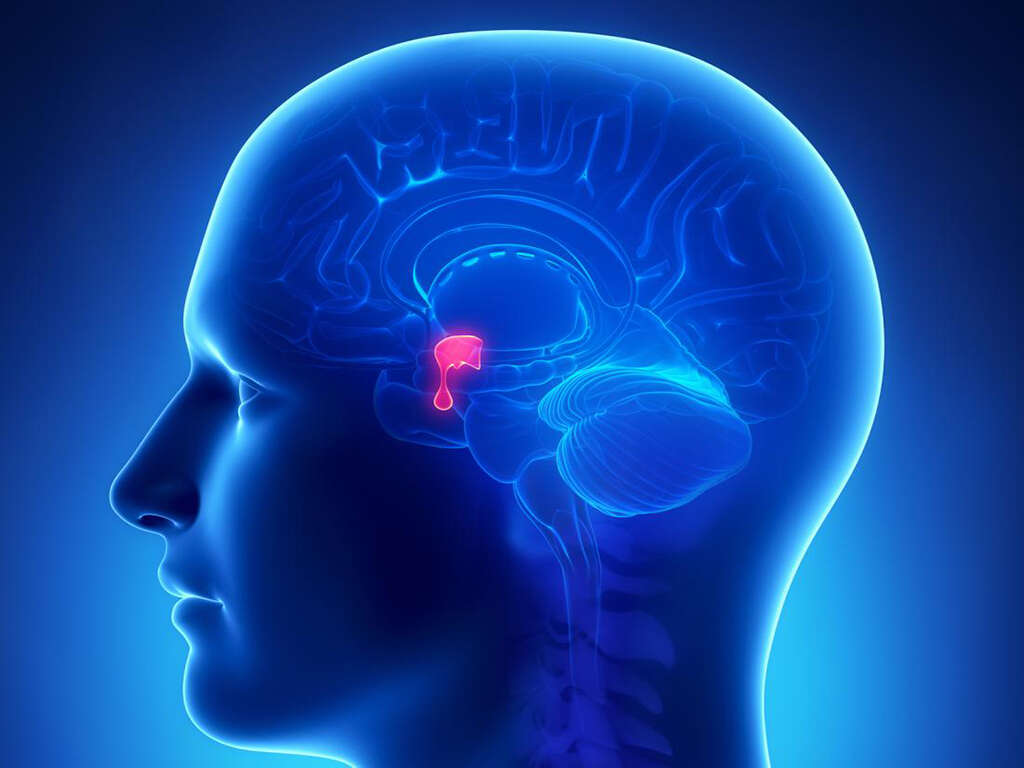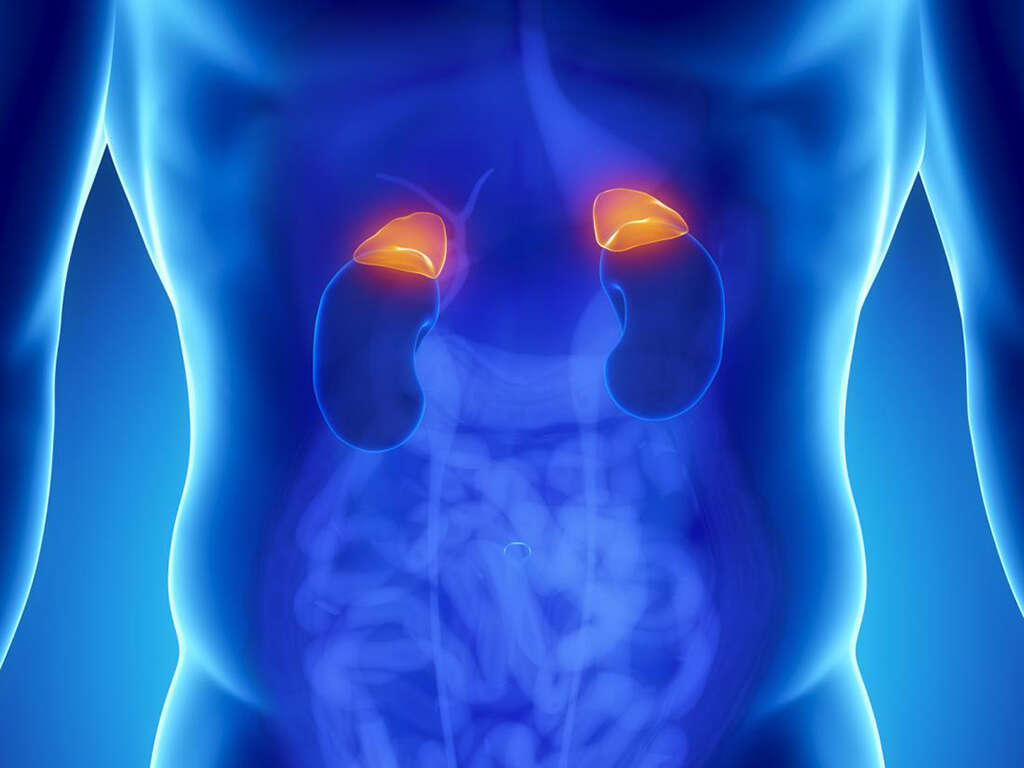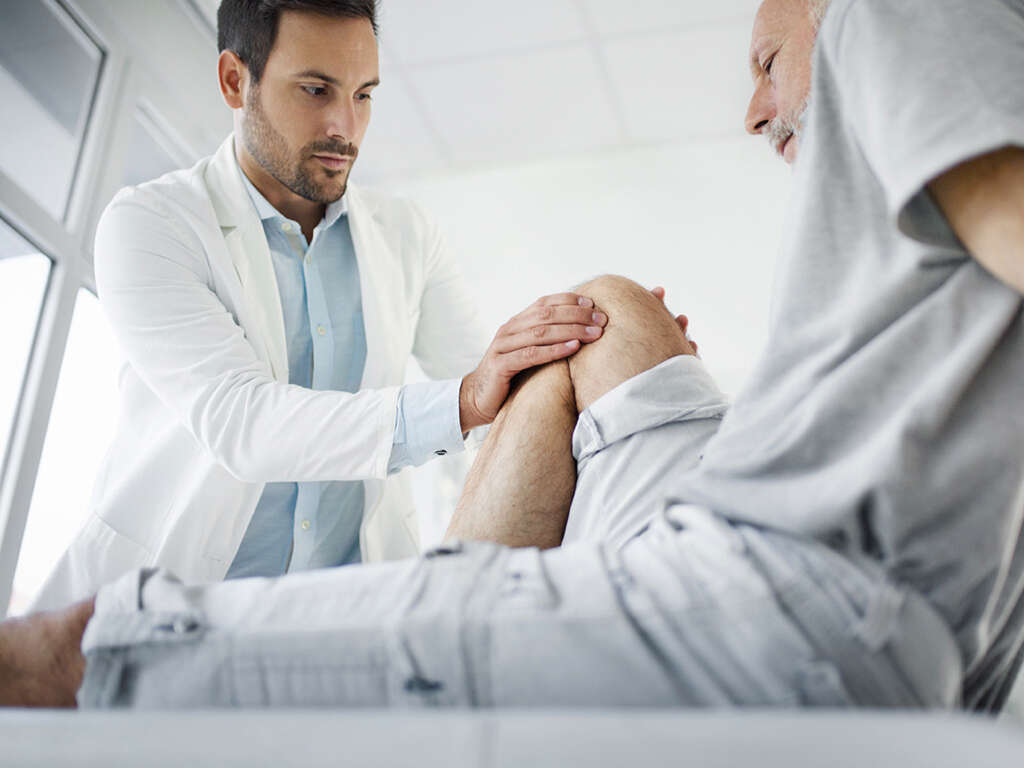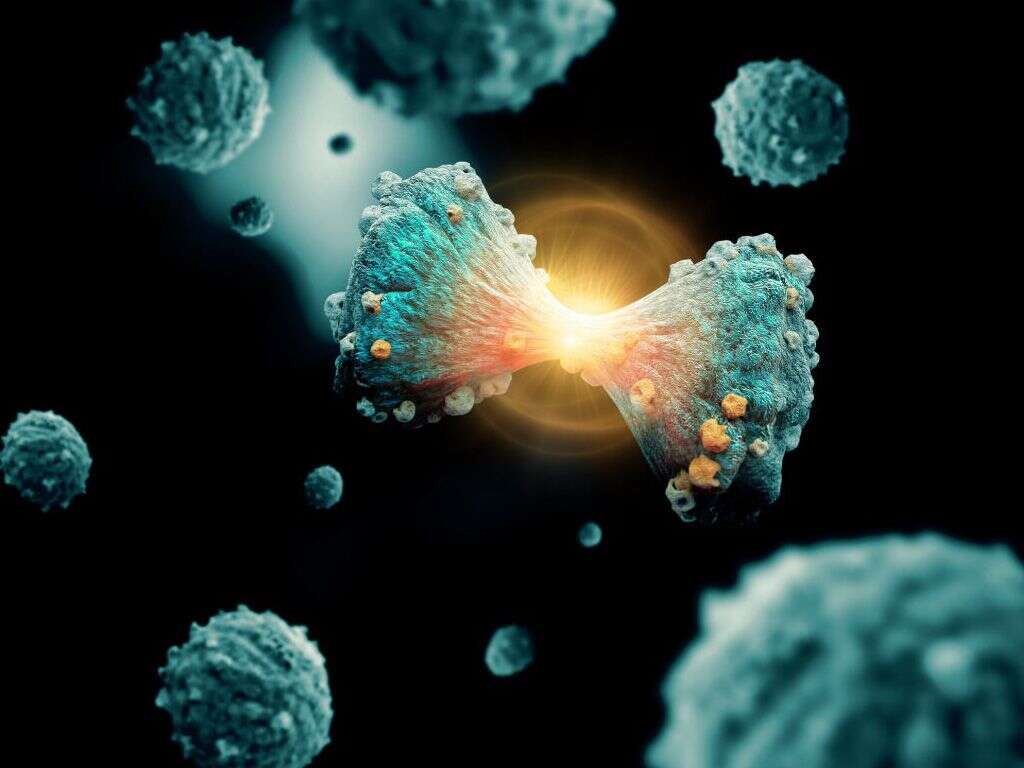10 Ewing's Sarcoma Symptoms
Ewing’s Sarcoma is a rare cancer that affects bones and soft tissues surrounding bones. In most cases, Ewing’s sarcoma occurs in the long bones, including those of the legs, arms, and the pelvis.
While Ewing’s sarcoma can develop at any age, it is more common in teenagers and young adults. In fact, half of all cases are diagnosed in person’s aged 10 to 20 years. In the United States, about 200 new cases of Ewing’s sarcoma are diagnosed annually. The condition is very rare in Asian Americans and African Americans.
As with other cancers, Ewing’s sarcoma can spread from its initial site to other parts of the body. To reduce this risk, treatment should commence soon after diagnosis. Below are 10 Ewing’s sarcoma symptoms.

Symptom #1: Pain and Tenderness
A sarcoma is a tumor and similar to many tumors, it can be painful. Ewing’s sarcoma is considered a rare tumor that affects the bones. It is more likely to develop in adolescents, but it can also occur at any age. If the sarcoma affects the tissues outside of the bones, the tumor is called extra osseous Ewing’s sarcoma. Osseous is a medical term for bones.
The most common site of Ewing’s sarcoma is the pelvis. However, it can also affect any bone in the body, notably those of the legs and arms as well as hands, skull, and the lower jaw. It will make this part and its surrounding tissue painful and tender.

Symptom #2: Lump
Ewing’s sarcoma can appear anywhere in the body and the symptoms will depend on where the disease appears. A lump or a swelling can be the first symptom of sarcoma. If you notice a painless lump in the arm, leg, or foot, don’t take it for granted because it could be a tumor. Available statics show that most of these lumps are lipomas, or types of tumors, while some of them are sarcomas. Sarcomas are more dangerous than lipomas.
The problem becomes more serious if the lump appeared in a hidden place like within the abdomen. If you have any lump in any place, no matter how small it is, you need to get it checked.

Symptom #3: Broken Bone with No Known Cause
A broken bone with no apparent reason or pathological fractures is among the common symptoms of bone cancers, especially Ewing’s sarcoma. These fractures can occur at any time, including before diagnosis of the disease or during the treatment.
According to some studies, those who suffer from pathological fractures are mainly females around the age of 14, and males around the age of 21. In most cases, these fractures affect the femur. In fact, 50 percent of Ewing’s sarcoma patients will suffer from femur fractures before or during treatment. Some patients have been reported to have pathological fractures during the follow-up period too.

Symptom #4: Unexplained Tiredness
While tiredness is generally a vague symptom, there are some theories that explain why a person with Ewing’s sarcoma may feel extremely tired and unable to do anything. Before finding out that a person has a tumor, they may experience tiredness due to anemia or shortness of breath.
However, some patients perform all their daily tasks until they discover that they have a tumor. Once diagnosed and even before knowing how bad the condition is, their psychological state can become terrible and affect their daily lives. Of course, chemotherapy and medications can have a role in this tiredness. But in most of the cases, feeling unable to do anything may be a result of psychological frustration.

Symptom #5: Bone Pain
As mentioned elsewhere, Ewing’s sarcoma is a cancer of the bones. As such, bone pain is one of the main symptoms of the sarcoma. Usually, the tumor affects the long bones of the legs and the arms, especially the femur which is the longest bone in the leg. The cancer usually affects the middle portion of the bones, which is also called the diaphyseal region.
In general, bone pain worsens during the night or with increased physical activity. Also, the extent of pain depends on the affected area. For example, if the tumor affects an arm, the pain will be different from that due to a tumor in the foot.

Symptom #6: Unintended Weight Loss
Weight loss is one of the most outstanding symptoms of having cancer. This type of losing weight is called cachexia, which is a wasting syndrome. The syndrome consists of many symptoms including loss of weight, anorexia or loss of appetite, anemia, and asthenia or abnormal physical weakness or lack of energy.
Cachexia is one of the prognostic parameters used to follow up a case of cancer, especially during the treatment period. Patients lose weight because the body loses both adipose tissue and skeletal muscle mass. Since the patient also suffers from anorexia, the weight loss can also occur due to loss of fat and muscle mass as a source of energy.

Symptom #7: Fever with No Known Cause
One of the Ewing’s sarcoma symptoms that develop in the course of the disease is having fever without any apparent reason. If a patient has a fever and all the other possibilities were excluded then it is probably time to consider fever due to neoplasia. Many people with bone and soft tissue sarcomas develop a fever.
According to a study done on 195 sarcoma patients with a mean age of 55 years, 30 percent of them had episodes of fever, and 5.5 percent were diagnosed with neoplastic fever, which is sorely caused by malignancy. Naproxen may be used as an effective treatment to get the body temperature back to normal.

Symptom #8: Paralysis
Ewing’s sarcoma can affect any part of the body. If a tumor occurs in a part of the spinal cord or any area near the spine, it can be very dangerous. Tumors, even benign tumors, are quite dangerous. This is because they either obstruct or compress vital areas. The spinal cord is the nerve center providing the whole body with nerve supply.
Treatment should commence as soon as possible for sarcomas in any area near the spinal cord. This will prevent interference with nerve signals to or from any area of the body. If, for instance, a tumor pressurizes the spinal area containing nerves connected to the chest, it may lead to paralysis of the chest muscles and inability to breathe. The same can happen to other parts of the body.

Symptom #9: Numbness or Tingling
Numbness is associated with tingling or a pins-and-needles sensation. It is a symptom that accompanies a wide range of cancers. This tingling and numbness sensation usually develops in lumps located in the upper or lower limbs. However, numbness can also occur with tumors in other parts of the body.
Sarcomas near the spinal cord cause the worst types of symptoms. This is because the tumors compress the nerves, causing tingling and numbness. When compression increases, it may cause paralysis. If you feel numbness or tingling in any part of your body, you need to pay your doctor a visit immediately so you can find out the cause of these sensations.

Symptom #10: Generalized Pain
Cancer can spread from one site to another or even throughout the body. This process is called metastasis. When metastasis occurs, the cancer cells spreading to other parts of the body can form new tumors. Diagnosing to determine the type of cancer helps to determine whether it can spread or not and how fast it can spread. It also helps to determine the best treatment plan.
Sarcomas can spread to different body parts depending on where they grow. For example, they will spread to the lungs if they appear in the arms or legs; or to the liver if they started in the abdomen. This spread can lead to a whole new set of symptoms. Generalized pain and weakness are some of the advanced Ewing’s sarcoma symptoms.











